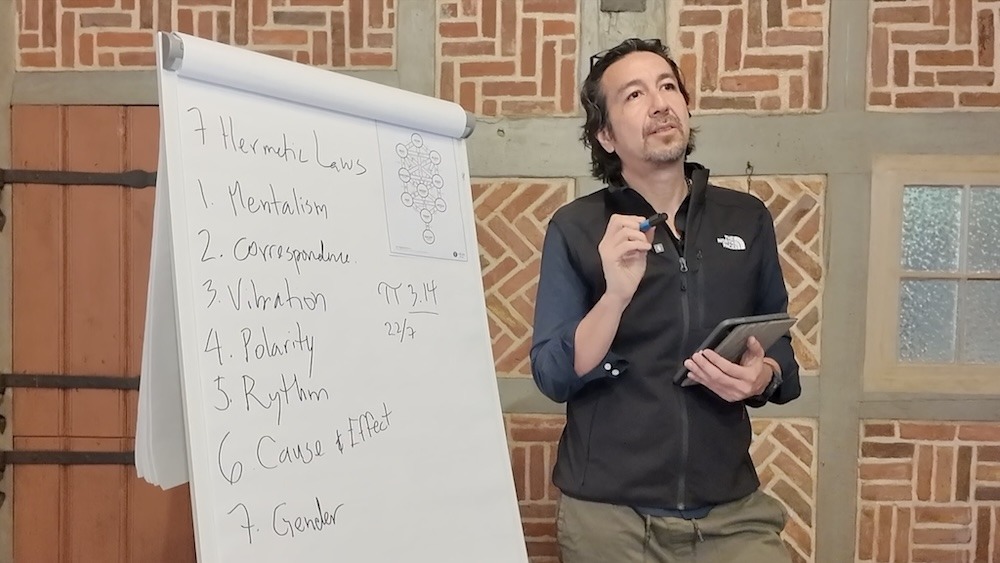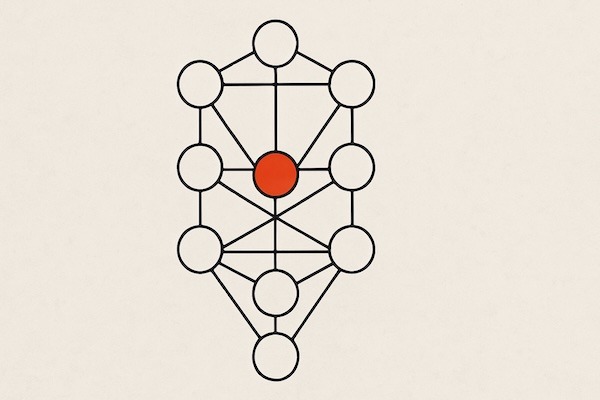In the realm of body-centered psychotherapy, Character Strategies offer a profound lens to understand how early survival mechanisms shape adult behavior. This article provides a detailed exploration of the nine core strategies, their psychological roots, and practical therapeutic applications, while also highlighting their synergy with modalities like Hakomi, Internal Family Systems (IFS), and Carl Rogers’ person-centered therapy.
What Are Character Strategies?
Character Strategies are adaptive patterns developed in childhood to cope with unmet needs, trauma, or relational instability. These strategies—often unconscious—originate from the nervous system’s attempt to ensure safety and connection. While they once served a protective purpose, they can become rigid and limiting in adulthood. The model emphasizes non-pathologizing curiosity, framing these strategies as intelligent adaptations deserving compassion.
The Nine Character Strategies: A Detailed List
1. Sensitive Withdrawn
- Origins: Early rejection, neglect, or trauma (e.g., a child who felt unwanted).
- Core Beliefs: “I’m unsafe,” “I don’t belong,” “Something is wrong with me.”
- Behaviors: Social avoidance, emotional withholding, physical tension (e.g., collapsed posture).
- Relatable Example: A person who isolates after perceived criticism.
- Therapy Applications:
- Somatic Resourcing: Grounding exercises to anchor feelings of safety.
- Narrative Work: Reframing “I don’t belong” to “I can create safe connections.”
2. Sensitive Emotional
- Origins: Inconsistent caregiving (e.g., alternating warmth and hostility).
- Core Beliefs: “Nothing is safe,” “Calmness is dangerous.”
- Behaviors: Hypervigilance, emotional volatility, panic attacks.
- Relatable Example: A parent who catastrophizes their child’s minor injuries.
- Therapy Applications:
- Mindfulness: Breathing techniques to regulate emotional spikes.
- Attachment Repair: Building trust through predictable therapeutic interactions.
3. Dependent Endearing
- Origins: Emotional or physical deprivation (e.g., distant caregivers).
- Core Beliefs: “I don’t matter,” “Everyone will abandon me.”
- Behaviors: Clinginess, people-pleasing, fear of solitude.
- Relatable Example: A partner who texts incessantly to avoid feeling alone.
- Therapy Applications:
- Boundary-Setting: Role-playing independence in small steps.
- IFS Parts Work: Dialoguing with the “needy child” part to cultivate self-soothing.
4. Self-Sufficient
- Origins: Punished for needing help (e.g., “Stop crying, handle it yourself”).
- Core Beliefs: “I can’t rely on anyone,” “Needs are weaknesses.”
- Behaviors: Overworking, reluctance to ask for help, emotional detachment.
- Relatable Example: A CEO who micromanages to avoid delegating.
- Therapy Applications:
- Vulnerability Practice: Gradually sharing personal struggles in session.
- Cognitive Restructuring: Challenging “Independence = strength” narratives.
5. Tough Generous
- Origins: Exploitation of vulnerability (e.g., caregivers who used guilt to control).
- Core Beliefs: “Vulnerability is dangerous,” “I must control to survive.”
- Behaviors: Over-giving to manipulate, suppressing emotions, power struggles.
- Relatable Example: A friend who pays for dinners but resents others’ gratitude.
- Therapy Applications:
- Authenticity Exploration: Journaling prompts like, “What do I truly want?”
- Somatic Awareness: Identifying tension in the jaw or shoulders when feeling used.
6. Charming Manipulator
- Origins: Autonomy stifled (e.g., “Your desires don’t matter”).
- Core Beliefs: “Honesty leads to rejection,” “I must trick others to get needs met.”
- Behaviors: Superficial charm, deceit, flattery.
- Relatable Example: A coworker who takes credit for others’ ideas.
- Therapy Applications:
- Values Alignment: Exploring core values (e.g., integrity) vs. manipulative habits.
- Role-Play: Practicing direct communication using DBT’s “DEAR MAN” framework.
7. Overwhelming Endurer
- Origins: Punished for spontaneity (e.g., “Good children don’t argue”).
- Core Beliefs: “I must obey to be loved,” “My feelings are burdensome.”
- Behaviors: Chronic compliance, emotional numbness, fear of conflict.
- Relatable Example: An employee who stays silent despite unethical practices.
- Therapy Applications:
- Expressive Arts: Painting or music to access repressed anger.
- Assertiveness Training: Gradual practice of saying “no” in low-stakes scenarios.
8. Expressive Clingy
- Origins: Dismissed or ridiculed for emotions (e.g., “You’re too dramatic”).
- Core Beliefs: “No one listens,” “I must fight for attention.”
- Behaviors: Exaggerated emotions, attention-seeking, fear of abandonment.
- Relatable Example: A partner who threatens to leave during disagreements.
- Therapy Applications:
- Self-Worth Building: Affirmations to counter “I’m unlovable.”
- Attachment Repair: Processing early experiences of being unheard.
9. Busy Hyperfocused
- Origins: Premature adult responsibilities (e.g., “Be perfect or you’re a failure”).
- Core Beliefs: “Rest is failure,” “I must earn love through achievement.”
- Behaviors: Workaholism, perfectionism, inability to relax.
- Relatable Example: A parent who prioritizes career over family time.
- Therapy Applications:
- Mindfulness Breaks: Structured pauses to disrupt hyperfocus.
- Inner Child Work: Reconnecting with playfulness (e.g., scheduling “fun time”).
Therapeutic Applications of the Model
1. Trauma Resolution Through Somatic Techniques
- Example: For a Sensitive Withdrawn client, therapists use Hakomi’s mindfulness experiments to explore bodily tension during social interactions. By slowing down and noticing sensations (e.g., a tight chest), clients learn to differentiate past trauma from present safety.
2. Cognitive-Behavioral Integration
- Example: A Self-Sufficient client tracks thoughts like “I can’t rely on anyone” while noting somatic cues (e.g., shallow breathing). This dual awareness helps them challenge cognitive rigidity and experiment with asking for help.
3. Group Therapy Dynamics
- Example: In a group for Dependent Endearing individuals, members practice boundary-setting through role-plays, supported by peers who normalize the discomfort of saying “no.”
4. Workplace and Leadership Coaching
- Example: A Busy Hyperfocused executive learns to delegate by reframing “I must do it all” as “Trusting my team strengthens us.”
Integration with Other Modalities
Hakomi Therapy
- Synergy: Both models prioritize body-mind integration and gentle inquiry.
- Example: A Tough Generous client explores the somatic roots of control (e.g., clenched fists) through Hakomi’s mindfulness-based experiments.
Internal Family Systems (IFS)
- Synergy: IFS’s “parts” language aligns with viewing strategies as protective subpersonalities.
- Example: For an Expressive Clingy client, IFS helps dialogue with the “Attention-Seeker” part to address underlying loneliness.
Carl Rogers’ Person-Centered Therapy
- Synergy: Rogers’ unconditional positive regard creates safety for exploring strategies.
- Example: A Charming Manipulator client lowers their guard when met with nonjudgmental curiosity (“I wonder what it’s like to feel you can’t be honest”).
Why This Model Matters
- Holistic Healing: Bridges mind, body, and relational patterns.
- Empowerment: Validates clients’ adaptive resilience, reducing shame.
- Flexibility: Integrates with diverse modalities (CBT, IFS, Hakomi) for tailored interventions.
Conclusion
Character Strategies are not flaws but survival wisdom frozen in time. By understanding their origins and gently updating them, clients can reclaim flexibility, authenticity, and joy. Whether through somatic exploration, parts work, or Rogerian empathy, this model offers a roadmap for therapists to guide clients from survival to thriving.







